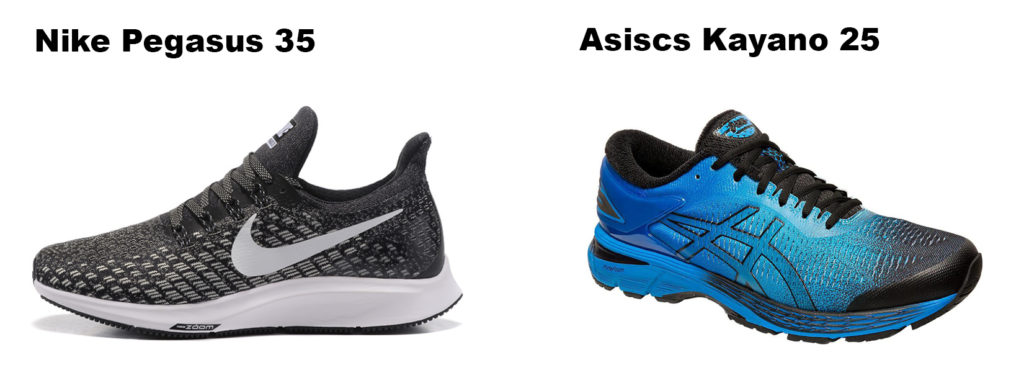
When we think of physical fitness and exercise today, running, cross training, and weightlifting are three of the most popular options that come to mind. All three are time tested methods for improving one’s; cardiovascular endurance, muscular strength, maintaining a healthy body composition, and overall total body health and wellness. All three of these activities place different unique stresses and demands on the body and require a unique skill set to achieve specific results, because of this we need to put our body in the best position to succeed. Setting ourselves up for success starts with our connection to the ground and we connect to the ground through our feet, that means we are going to need sport specific footwear for all three of these activities. This article will break down the differences between the most common types of fitness shoes: Runners, Trainers, and Lifters.
Let’s start with the most basic and popular sneaker that everyone owns a pair of. Running shoes! Whether you own a $60 pair from TJ Maxx or a $180 pair of Nike or Asics, running shoes are all generally the same, they provide varying degrees of flexion and cushion, some guide our foot and ankle to a specific gait, and others are stripped down to a sock like minimalist fit designed to strengthen feet and ankles. Most running shoes provide several millimeters of “heel drop” meaning that the heel is slightly elevated from the forefoot, this helps to keep the body forward while running. There are so many running shoes on the market that the best way to find the right running shoe for you is to go to a local running shoe store so you can have your foot and gait analyzed so the proper style of shoe can be fit to you.

In addition to running shoes “cross trainers” have also become immensely popular since the rise of Crossfit and other popular cross training brands and events. At this point the two most popular models are the Nike Metcon currently on its 5th version, and The Reebok Crossfit Nano currently on its 9th version. Both of these shoes have spawned numbers variations within their own brands as well as competing brands such as Project No Bull. All of these shoes are generally designed to a shoe that can do a little bit of everything really well. You can go from a deadlift to a sprint to a box jump to a rope climb without losing a step! Aside from running longer distances (more than sprints) these shoes really can do just about everything and represent probably the best overall dollar value in a performance fitness shoe, unless of course you are mostly running.

The third most popular and sport specific shoe are what can most easily be referred to as “lifters” sometimes they are also called “squat shoes”. These are the shoes worn by athletes who compete or heavily train the Snatch, Clean & Jerk, Squat, and Front Squat. Lifters are incredibly stiff, feature a hard platform sole, and always include an elevated heel far beyond that of a running shoe. The stiffness and hard sole allows for a secure take off and landing when performing a higher power movement like the Snatch or Clean while the heel lift makes it easier for an athlete to squat lower with less restriction through the ankle and hips.


Evan LaBarre
CSC Fitness Coach

